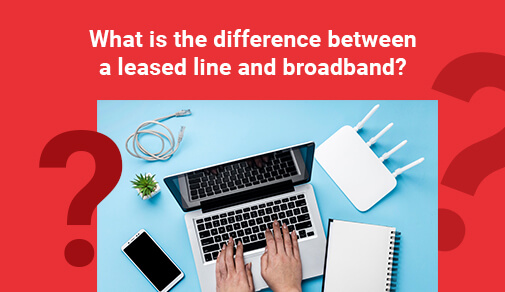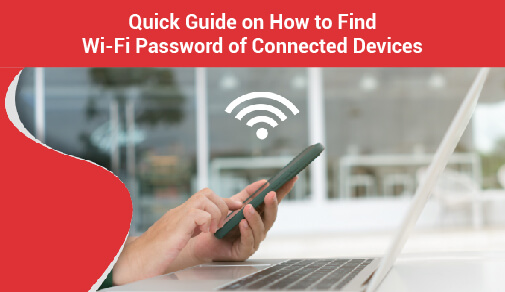What Is The Difference Between A Leased Line And Broadband?
-
0
-
-
4 minutes

Know More
Broadband, unlike a leased cable, is competitive. As a result, there's a fair chance that many other people will be using your link at the same time. This could have an effect on the real speeds you can achieve. On a leased cable, speeds are symmetric, but on broadband, they are asymmetric. This indicates that downloads are quicker than uploads.
Broadband and Leased Line Connections: What's the Difference? Speed:
Superfast speeds will be advertised on leased lines and broadband. On leased tracks, there is no denying it. Broadband, on the other hand, is not always reliable. Since you're on an uncongested network, if you buy a leased line with 20Mbps, that's the pace you'll always get. With broadband, though, you're more likely to get a slower speed than what you were promised. This is due to the fact that broadband operates on a congested network. As a result, your 25Mbps link can only be 20Mbps at times. Contention:
If you use your link alone or share it with those in the region is determined by contention. Leased lines operate on a network that is not overburdened. Since no one else is using it except you, your connection will not be slowed by other users in the region. Since broadband is congested, you must share your link with a number of other people. This will slow you down during rush hour. Latency:
The time it takes for an event to answer after you click on something is known as latency. If the latency is short, the action will take place quickly. The operation will take a little longer if the temperature is high. Latency is poor on leased tracks. It will not take long for a web page to load after you click on it. Broadband, on the other hand, has a longer latency. Scalability:
Scalability refers to how simple it is to change the amount of bandwidth you receive per month. The majority of leased line connections are expandable. If you find yourself in need of more bandwidth, you can invest in it, or reduce it if you don't. Some broadband packages provide versatile bandwidth options, but these are becoming less common. As a result, you can find yourself stuck with a fixed kit. Symmetricality:
If your upload and download speeds are identical, you have symmetricality. A symmetric or asymmetric relation may exist. It's the former of leased tracks. As a result, if your download speeds are 1Gbps, your upload speeds are also 1Gbps. The latter is broadband. Your upload speeds could be as low as 1Mbps if your download speeds were 24Mbps. Jitter:
Jitter is a term that describes how stable your audio and video interactions are. The jitter rate on leased lines is very poor. To put it another way, the telecommunications are likely to operate in real time at all times. Broadband has a high jitter rate, making video calls more vulnerable to link drop-outs. Service Level Agreements:
A service level agreement (SLA) is a promise made by a company to provide you with a consistent level of service. Many leased line providers provide a service level agreement (SLA) of 99.9% or higher. Given that leased lines are uncongested and use reliable, controlled hardware, the link dropping out would be unusual. If it did, the provider will be obligated to resolve the issue within a few hours.
Which one do you choose? Is it better to use broadband or a leased line?
That depends on how much bandwidth you need, how much a lack of connectivity will cost your company (for example, lost employee productivity, customer compensation payments, and lost customers), and the size of your IT budget. Broadband is generally sufficient for residential users (e.g., employees working from home) and small offices with a few people. Leased lines are ideal for most offices with more than a handful of employees. If you already have broadband and have no plans to improve it, everything is working well, and a few days of downtime will be an inconvenience, you do not need a leased line. The upload speed of your internet connection is an important consideration.







